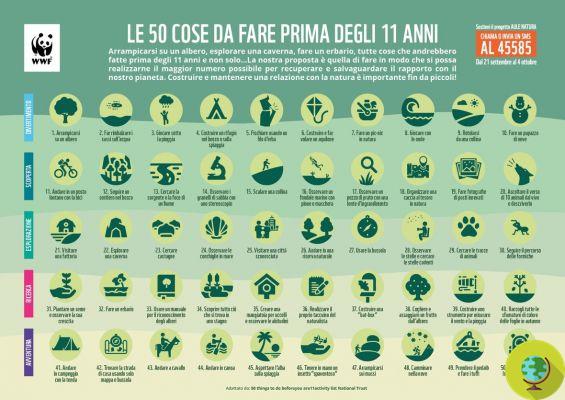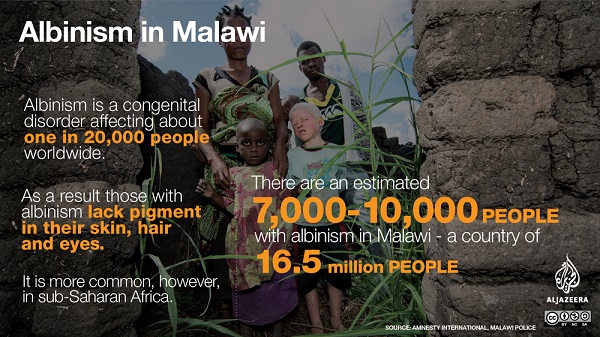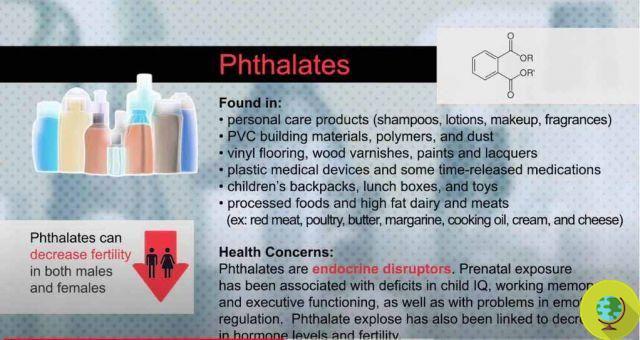Air pollution particles were found on the fetal side of the placenta. This is the result of a study conducted on 28 women.
Don't store avocado like this: it's dangerousAir pollution particles were found on the fetal side of the placenta. This is the result of a study conducted on 28 women.
The research, led by a team from Hasselt University in Diepenbeek, Belgium and published in Nature, found that the polluted air breathed by mothers during gestation can reach the unborn child.
The research examined 28 placentas from new non-smoking mothers from the city of Hasselt, Belgium. And sadly, air pollution particles (thousands of tiny particles per cubic millimeter of tissue) were found on the fetal side of all sampled placentas.
The highest levels of carbon particles were found in 10 mothers, precisely those who lived in the most polluted areas (2,42 micrograms of carbon black per cubic meter).
A situation that makes us understand how unborn children are directly exposed to the pollution produced by car traffic and the use of fuels.
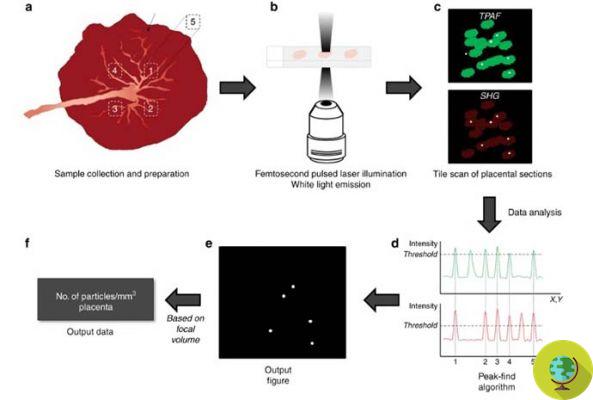
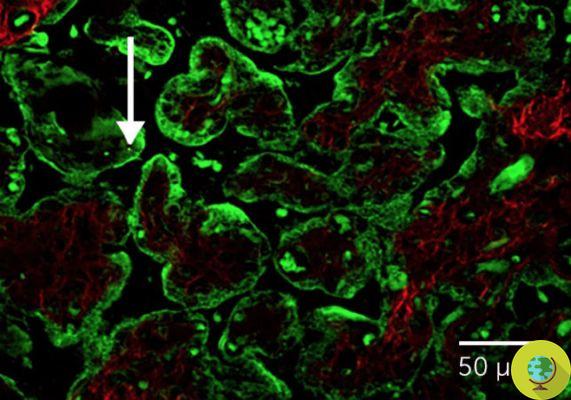
The study therefore demonstrates and confirms what has already been discovered by previous research: the placental barrier can be penetrated by particles inspired by the mother. The link between exposure to polluted air and the increase in miscarriages, premature births and low birth weight, thus begins to be clearer even if obviously further studies are needed to ascertain the link between smog and problems during pregnancy.
Research speculates that the particles themselves may be the cause of such problems, not just the inflammatory response that pollution produces in mothers.
Damage to fetuses has lifelong consequences and Professor Tim Nawrot of the Hasselt University in Belgium, who led the study, said:
“This is the most vulnerable time in life. All organ systems are under development. For the protection of future generations, we must reduce exposure "
It is clear that knowing better how the action of carbon or carbon black particles affect pregnancy is important to protect the health of women and children living in polluted areas. For now, Professor Nawrot's advice is to avoid busy roads as much as possible, obviously the problem upstream will have to be solved, reducing the smog of our inhabited centers.
Read also:
- Smog reaches straight to the placenta. The shocking new study
- Air pollution: all the harm we are doing to children
- The effects of particulate matter (pm2.5) and fine dust in your body
- Fine dust: air pollution causes our brains to age quickly
- Smog: 7 consequences of pollution on children's health




